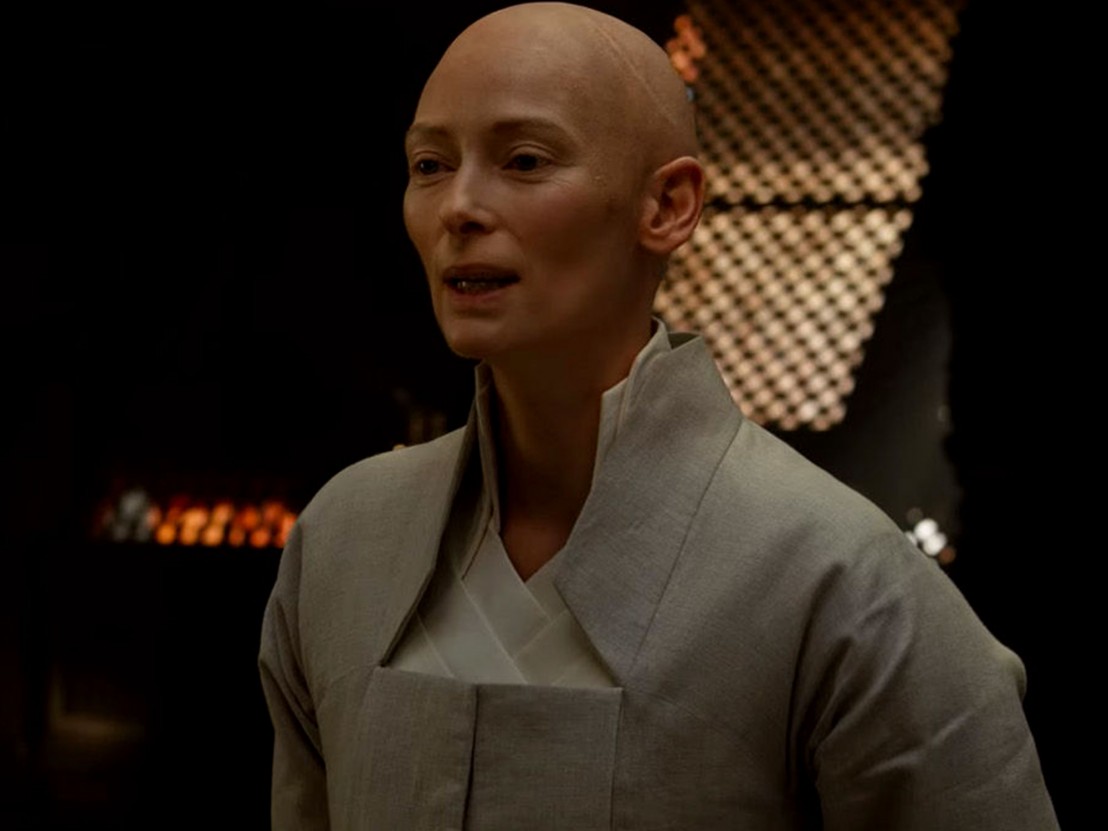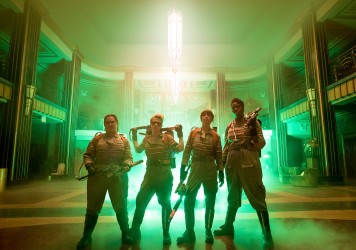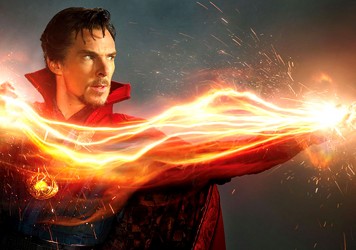
Marvel’s upcoming Doctor Strange has had more than its fair share of controversy. In the comics, Stephen Strange’s mentor The Ancient One is Asian and male, and Tilda Swinton’s casting in the role has understandably prompted accusations of whitewashing. Since then, however, the studio’s response to questions about the character – specifically pertaining to gender – has been particularly interesting. While Kevin Feige has publicly stated that the gender of their Ancient One “doesn’t matter.” Swinton herself has posited that the character’s gender is simply “in the eye of the beholder.” So has Marvel actually brought a non-binary character into its Cinematic Universe?
If so, it will be a welcome step forward in a genre still playing catch up where gender representation is concerned. By the time Wonder Woman is released next summer, it will have been 13 years since a superhero movie was led by a woman (2004’s Catwoman). In that time both the Marvel and DC universes have expanded rapidly, spearheaded by male characters and supported by sexualised female characters. In The Avengers, Scarlett Johansson’s leather-clad Black Widow has been mostly used as romantic interest for Steve Rogers and David Banner. Her introduction in the second Iron Man film was especially galling, with Tony Stark quipping “I want one” when clapping eyes on her for the the first time.
Things aren’t much better over at DC, where many of their chief female protagonists have been objectified by their male counterparts over the years. Even the celebrated debut of Wonder Woman in this year’s Batman V Superman was marred by an offhand exchange between the titular heroes as to who she was “with”.
Reinforcing gender stereotypes has long been one of the biggest criticisms levelled at the superhero genre. And rightly so – it took 10 movies for Marvel to cast a female authority figure (Glenn Close’s Nova Prime in Guardians of the Galaxy). The upcoming Wonder Woman and Captain Marvel films suggest that Marvel and DC are keen to show us that they are forward-thinking, but the prospect of a character for whom gender plays little-to-no part in their identity represents a pretty major breakthrough.
Swinton’s Ancient One will not be canonical, but the fact that the character is actively challenging our perceptions is true to the traditions of comic book writing. Over the years, comic book writers have always played with timeworn formulas, changing certain aspects of well-known characters in order to influence how we perceive them. There have been homosexual overtones in recent Batman stories, Thor’s hammer was recently taken up by a female hero, and even Nick Fury’s current screen incarnation was inspired by a change in comic book continuity, where the character’s entire look was changed.
Plenty of comic book writers have embraced change over the years in order to stay relevant, and a similar approach to the big screen adaptations could be an effective way to ensure longevity. As Swinton has said, “I think when people see this film, they’re going to see that it comes from a very diverse place.” Those keen to see something a little different from Marvel will be hoping this is indeed a step in a more progressive direction.
Published 19 Oct 2016

By Katy Vans
Ghostbusters isn’t the only franchise to be recast with female leads – and that’s not necessarily a victory for equality.

The Sherlock star goes through the looking glass in Marvel’s mind-bending latest.

Social media campaigns like #LGBTSuperheroes are exposing the movie industry’s worrying lack of diversity.